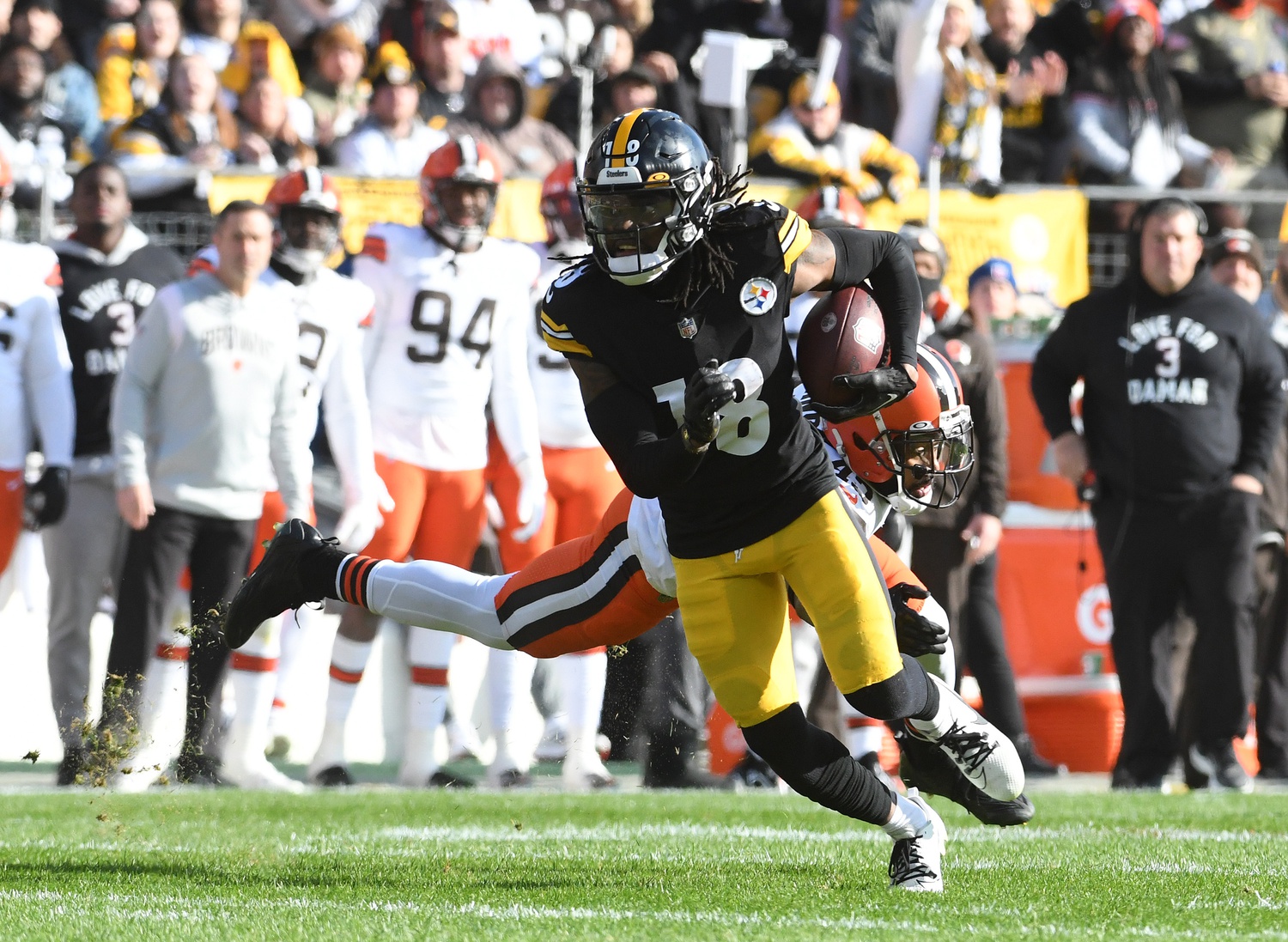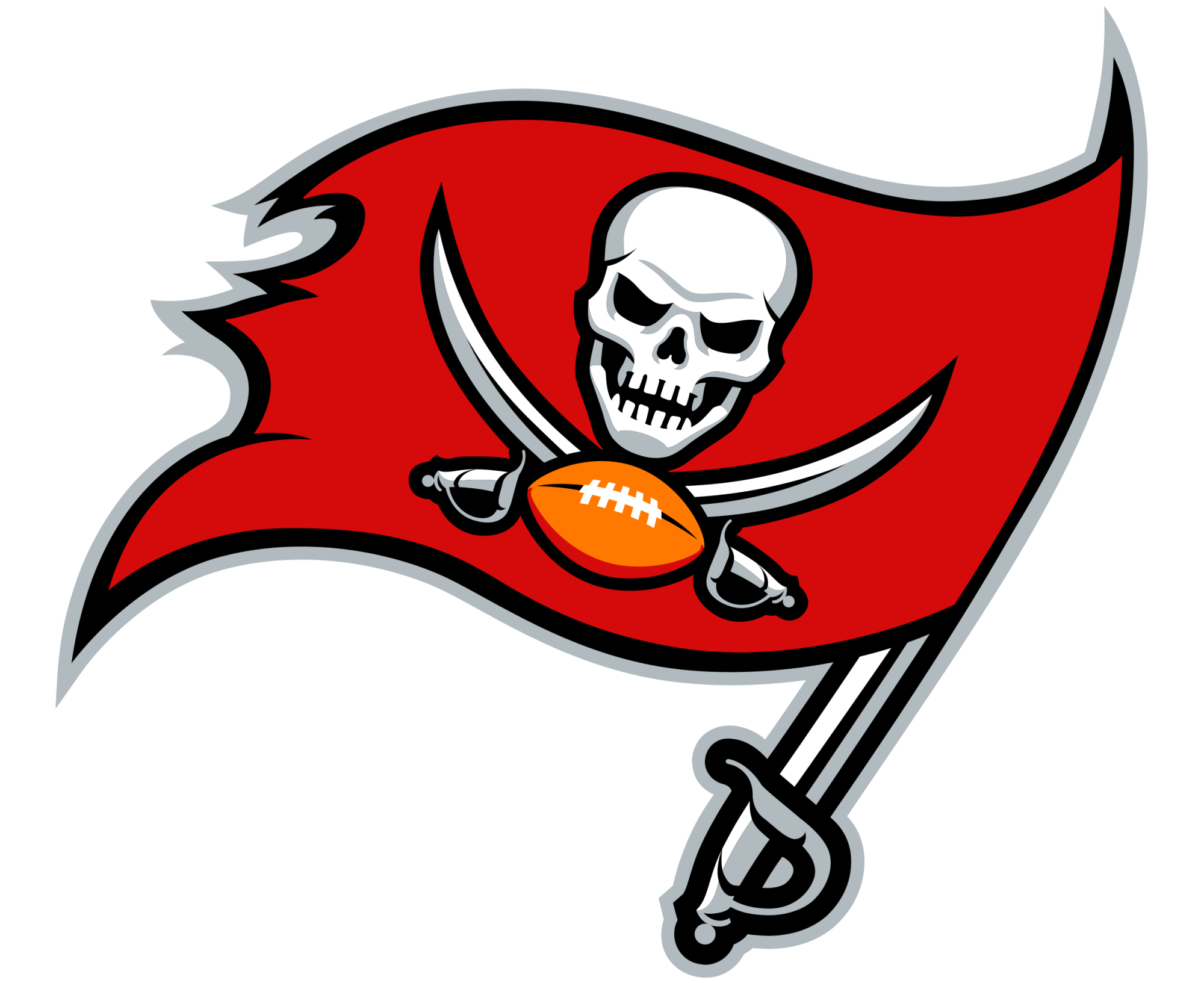The Steelers Got Fast, Slowly

Photos Credit: Philip G. Pavely-USA TODAY Sports
In a recent interview with Pat McAfee, Omar Khan said his strategy in cutting down the roster to 53 men was to “find Pittsburgh Steelers.” He said it was difficult to put into words, but it seems to be understood by anyone who knows football. It reflects someone who plays with physicality, aggression, and grit. One indeed could extend that list or replace it with “mean” or “tough,” but the sentiment remains the same.
On the defensive side of the ball, stars like Minkah Fitzpatrick, T.J. Watt, and Cam Heyward embody the Steelers’ mentality. Non-household names such as Robert Spillane come to mind as well, particularly his goal-line stop of Derrick Henry. Pittsburgh fans love it.
Heinz Field’s “Renegade” is a prime example of how the Steel City faithful feel about having an intimidating defense. As the opening lines ring through the stadium and the deep base hits, the place erupts and terrible towels spin through a sea of gold.
Offensively, however, this has been a conundrum of late. Brutish, run-it-down-your-throat football has not been the way of the NFL, and the Steelers seemed to have been left in the dust since Antonio Brown and Le’Veon Bell left for what they thought were greener pastures. The Steelers’ skill positions in recent years have been made up of thumpers and “quick” players. Benny Snell and Jaylen Warren were certainly downhill runners in their support of Najee Harris, and until Saturday’s game neither showed significant breakaway speed.
On the outside, Diontae Johnson gets more separation than any receiever in the NFL, but his skillset in route running doesn’t create real deep-ball danger. These issues have been highlighted time and time again throughout the past few seasons, most notably in the Steelers’ last playoff appearance. Every analyst prior to that Wild Card game against the Cheifs acknowledged that the Steelers were outmatched. The only route to victory was to slow the game down.
The Steelers managed that for nearly half of the game and remained competitive. Watt scored a defensive touchdown, and the Chiefs’ offense made little progress. As the game moved on, the speed of players like Byron Pringle and Tyreek Hill took the game out of hand. They exposed Pittsburgh’s lack of ability to get down the field, and the Steelers couldn’t keep up.
Recent drafts and signings suggest the Steelers have been intent on re-establishing their speed, but it’s taken time to develop. George Pickens, whose hype is as high as anyone around the league, used his motor and catch radius to make incredible highlight grabs, but nearly every catch ended at the point of reception. The good news for Pickens – and the Steelers – is that his yards-after-catch potential is high. The NFL got a glimpse of that during his touchdown catch in the first preseason game. But that isn’t the only new development worth acknowledging.
Calvin Austin, who was sidelined all of last year with a foot injury, has regained the pep in his step. His touchdown catch showed how his speed translates to the NFL. Even his missed connections down the field should provide Pittsburgh hope for their new offense, not to mention his contributions to punt and kick returns. This deep threat should make way for middle-of-the-field shots to Pickens, Allen Robinson, Pat Freiermuth, and Conor Heyward to maximize their extra-yardage potential. In addition, the backfield should enjoy some benefit of the speed at wide receiver, and now in their own position as well.
Opponents won’t be as keen to stack the box with real threats on every level of the field, which will open up running lanes for Najee Harris and Co. One new addition to that group, Anthony Mcfarland, has blazing 4.3 speed that has been stifled by slow decision-making and an overly shifty running style. However, his camp play and performance against the Tampa Bay Buccaneers last week showed growth in his vision and commitment to finding gaps. That breakaway speed will prove critical.
It’s been a work in progress, and it’s been painful, but the Steelers finally have a roster with the speed on offense to compete in the modern NFL.
Up Next





